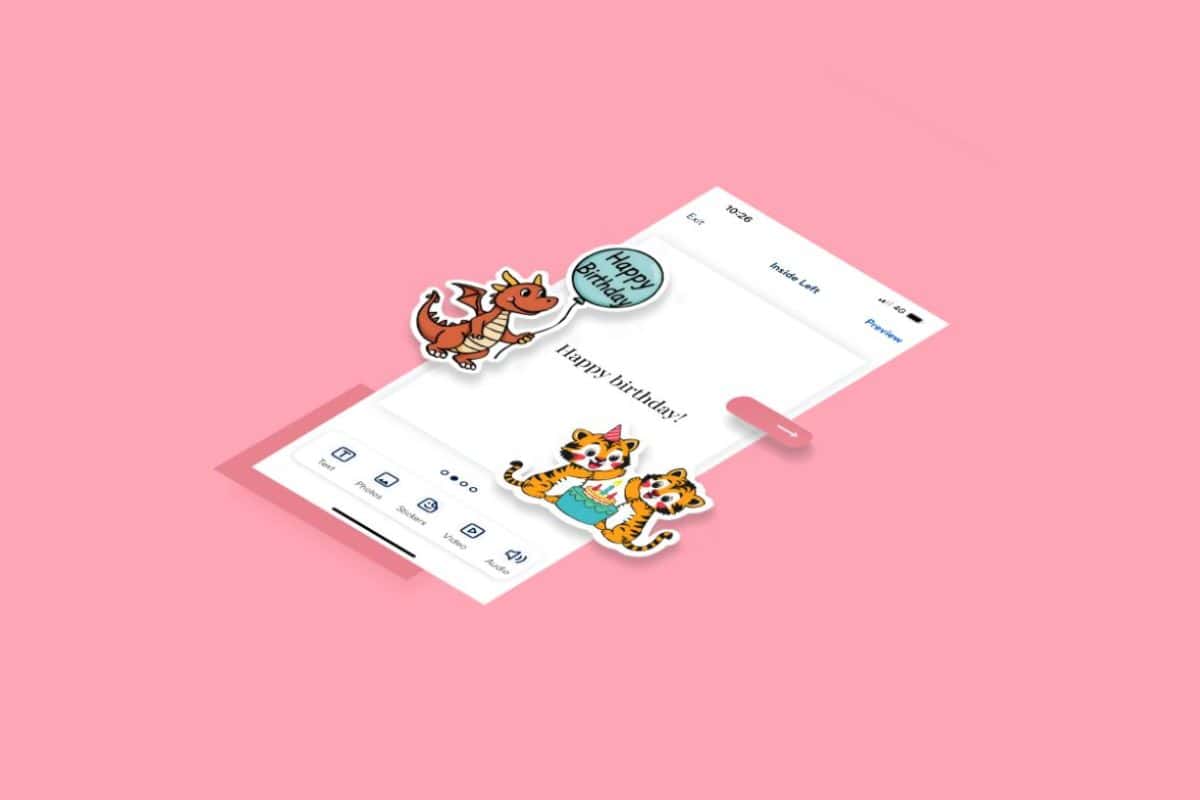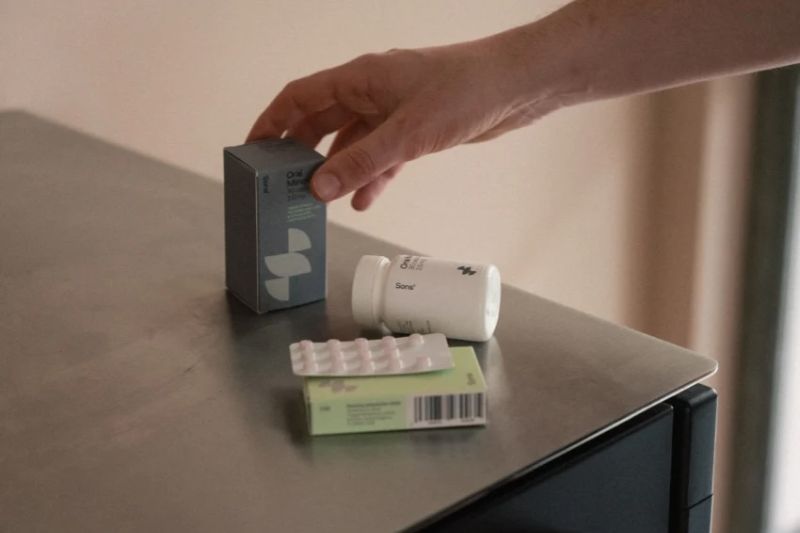Burberry today said its approach of investing in digital while emphasising its core British-made trench coats and cashmere scarves paid off in “robust” full-year results.
The upmarket fashion retailer, which is a IRUK Top150 company and an Elite retailer in the Customer performance dimension, today reported sales of £2.5bn in the year to March 31, up by 11% compared to the same time last year, or by 8% when currency fluctuations are taken into account. Operating profits of £456m were 7% up on last year, while at the bottom line pre-tax profits came in at £444.6m, slightly up from £444.4m last year, after one-off costs including the writedown of the value of fragrance and beauty licences.
Some 71% of sales, worth £1.8bn, came from its retail division, including digital sales, an area that “outperformed” during the year. Wholesale accounts for 26% of revenue, and licensing for 3%. Store footfall, said Burberry, fell during the year but while there were fewer visitors, those that did come were both more likely to buy, and to spend more. Mobile commerce doubled its share of sales during the year, after an upgraded mobile platform was launched in the second half.
“Against a challenging external backdrop, our global team has focused ever more intensely on our core, including celebrating the British-made products that are our brand signature and extending our online and offline integration,” said Christopher Bailey, Burberry chief creative and chief executive officer.
A digital-focused strategy of providing brand inspiration across channels including online, stores and social media underlay the group’s performance. During the year, the company added new social networks to core Facebook, Twitter and Instagram presence, including WeChat in China, LINE in Japan, where it livestreamed a women’s runway show in February 2015, and in April 2015 it launched on Snapchat as part of a London in Los Angeles event. It used live streaming service Periscope to offer its first ‘red carpet to runway’ stream.
The company also invested in customer data and analytics as it looked to get to know its core luxury customer better. These, it said, helped teams make “more informed decisions in retail, customer service, digital and marketing, all driving productivity and efficiency improvements throughout the business.”
Burberry expanded multichannel services that connect the store and online. It expanded collect-in-store to some 200 of its 214 mainline stores, including in Japan and China. The service now accounts for more than 20% of digital revenue. In China, it tested a new approach to fulfilment, enabling ecommerce orders to be fulfilled in the local distribution centre and from stores. That, it said, improved stock availability and reduced delivery times, improving the customer shopping experience as a result. This new model will now be introduced in the UK and the US in the current financial year.
During the year it improved its mobile site and also focused on improving the user experience in areas from search to payment, as well as fulfilment.
Burberry also took its digital strategy beyond its own site, working with partners such as Nordstrom in the US and Harrods in the UK to gain prominence on its websites. In addition, it started to sell through Amazon and Tmall.com, the latter through a dedicated brand space that was built to order.









